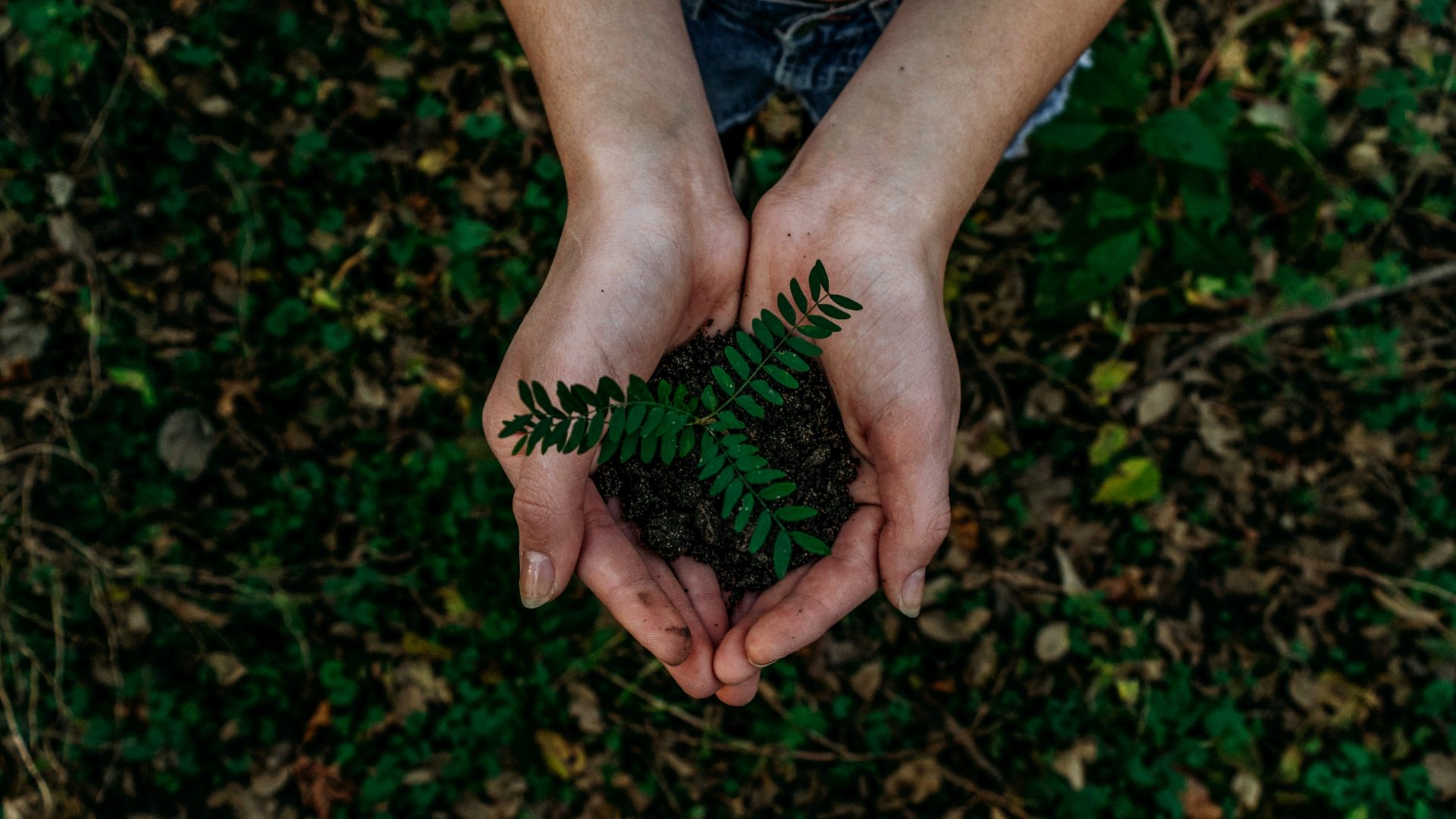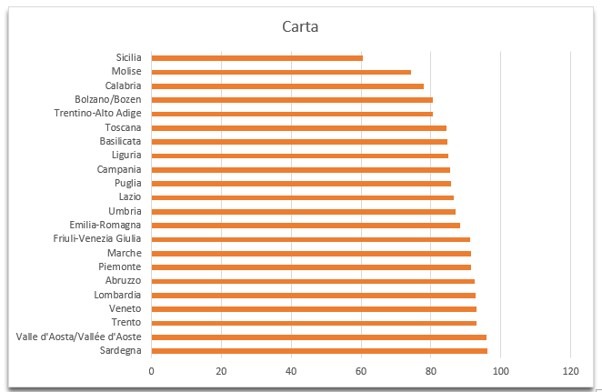Why (it is important) to recycle corrugated cardboard: the benefits

In Italy it has been talk of separate collection for forty years, and among the materials with the most significant recycling percentages we certainly find paper.
As we can see from the Istat data referring to 2017 and relating to the recovery of the urban fraction, each Italian region makes its own contribution in terms of paper and cardboard collection and recycling. There are some virtuous realities with recovery percentages that approach 100%, as in the case of Sardinia or the Valle D’Aosta.

If on the one hand it is important for every citizen to do their part, it is also necessary that the companies that produce and use cardboard packaging are increasingly sensitive and attentive to the dynamics of recovery and recycling, which allow the placing on the market of products whose production cost, in terms of raw material, pollution and energy used for their realization, is more sustainable.
Why is it important to recycle paper and corrugated cardboard? How is recycling done?
It is estimated that around 30% of the waste produced in Italy is made up of the paper used for packaging, for a total of 11 million tons of paper and cardboard introduced into the commercial loop every year. This important quantity represents a fundamental resource for the industrial branch that deals with the production of paper and cardboard for packaging, such as corrugated cardboard.
In fact, remember that paper, cardboard and corrugated cardboard are 100% recyclable. Most of the paper and cardboard used for the production of packaging and corrugated cardboard can be recovered and, through a process of requalification of the raw material, can be reused to create new paper and new cardboard.
In detail, the paper and cardboard for packaging are sent to the recycling centers after the collection and storage operations. At this point a selection process takes place which allows to isolate the usable cellulose fiber from the materials considered impure. The paper and cardboard then undergo a pressing treatment, bale binding and comminution.
Then follows a deinking process that has the purpose of eliminating, as suggested by the name itself, any trace of ink. The cardboard is then reduced to a pulp with the addition of hot water. The recycling process continues with a refinement phase that allows further elimination of what are considered impurities and slags, in order to obtain a reusable cellulose paste.
However, the recycling process as we have described up to now, is not able to recover 100% of the raw material, so a percentage of virgin cellulose must be added to the cellulose pulp which can be variable according to the type of paper and cardboard and future use for which the product is related.
The paper is then wrapped in reels. The machine spreads, dehydrates and presses the dough to obtain packaging and finished products.
What are the benefits of corrugated cardboard and paper recycling?
Recycling paper allows energy savings of 65% during production. This also allows an optimization of forest resources: in quantitative terms, in fact, 17 trees are saved for each ton of recycled paper produced.
The logistics and transport sector can obtain a significant advantage from an economic point of view, since there is the possibility of compacting the cardboard and reselling it to recycled paper producers.
Furthermore, the cost of the recycled raw material is lower and the waste can be used as fuel, thus making production less polluting.
So if it is true that paper and cardboard cannot be 100% recovered, because the recycling process requires the use of cellulose from new trees, it must be said that we are talking about responsibly managed forests. In fact, for each tree cut three new are planted! The annual increase in forests in Europe is equivalent to 6,450 km², equal to the extension of 4,363 football fields per day (Source CEPI, FAO).
Share on:
Please contact us to receive more information or a quotation for your business. We'll give you a feedback as soos as possible.